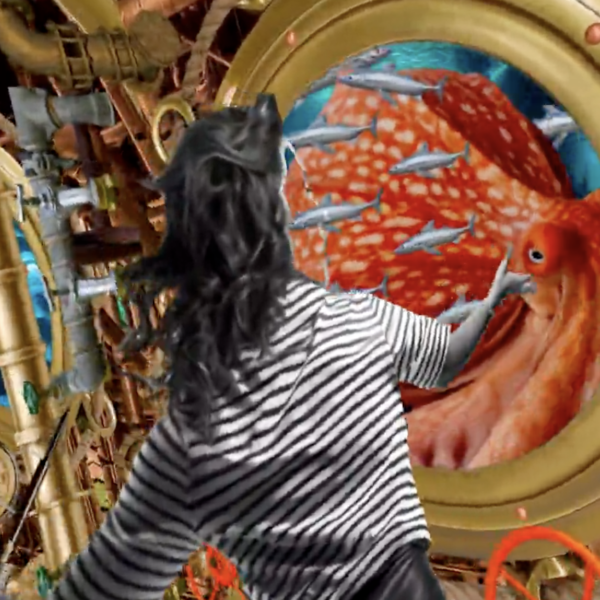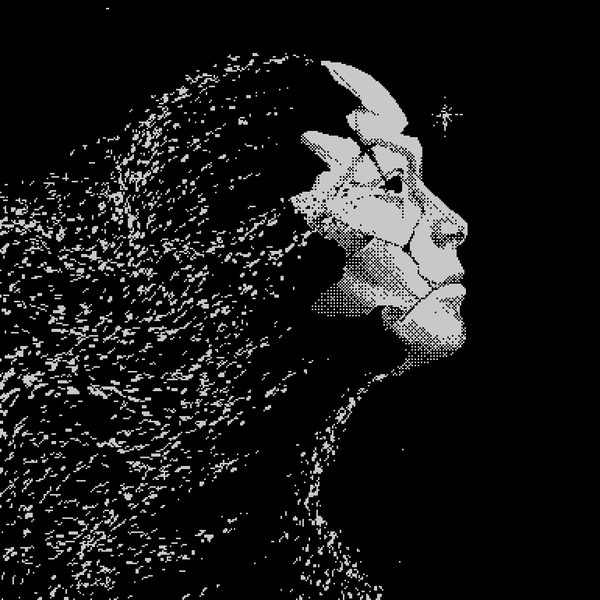Dmitri Cherniak’s Algorithmic Tapestry – Bridging Art and Automation
Dmitri Cherniak, a Canadian artist now based in New York City, has made significant strides in integrating generative algorithms into visual art. Known for his innovative works like ‘The Goose’ in the 'Ringers' series to his deeply reflective ‘The difference between the subtleties and the subtle ties,’ Cherniak’s art embodies a unique fusion of computational precision and creative intuition. Dmitri Cherniak’s journey in the art world challenges conventional boundaries and opens new dialogues about the role and potential of automation in the realm of creativity.
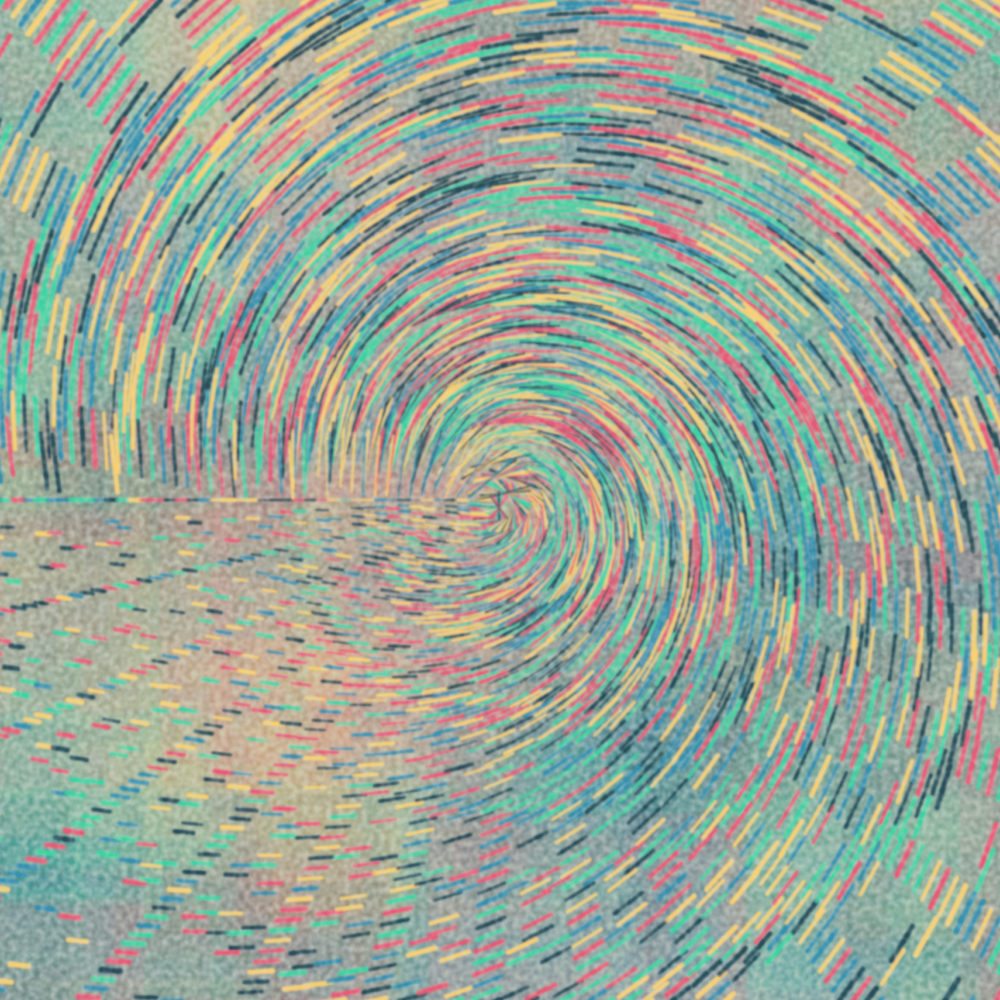
In Dmitri Cherniak’s ‘The difference between the subtleties and the subtle ties,’ we observe a canvas overflowing with organic proliferation, an intricate dance of shapes and colors that mimic the chaotic yet purposeful patterns of cellular division. The art’s pulsating forms and vivid contrasts create a visual metaphor for the interconnectivity of life, where the act of creation is both a literal and figurative expansion within a digitally-conceived petri dish. Drawing a parallel with Arthur Danto’s concept of the ‘Artworld,’ a theory suggesting that what makes something art is not just its physical properties or creator’s intentions but its acceptance and recognition within a cultural context or system of art-related roles and institutions, Cherniak’s work commands its status not solely by its visual impact, but through its existence in the dual realms of traditional artistry and the on-chain art.

‘Light Years,’ a collaborative endeavor with The Estate of Lászlá Moholy-Nagy, showcases Dmitri Cherniak’s adept use of computational tools to elicit deep, existential emotions. The series, marked by its nuanced and entrancing textures, effectively counters the notion that technology lacks a creative soul. It resonates strongly with Roland Barthes’ concept of the ‘scriptor,’ where the medium itself plays a crucial role in shaping the artistic process. In Cherniak’s work, the algorithm becomes a co-creator, a pivotal force that not only informs but also transforms the artistic narrative. This shift, in line with Barthes’ theory, emphasizes the dynamic interaction between the creator, the medium, and the viewer, suggesting that the meaning of art is not fixed but continually redefined through this relationship. Cherniak’s ‘Light Years’ thus becomes a vivid embodiment of Barthes’ idea, where the boundaries of authorship and creation are fluid and ever-evolving within the digital space.
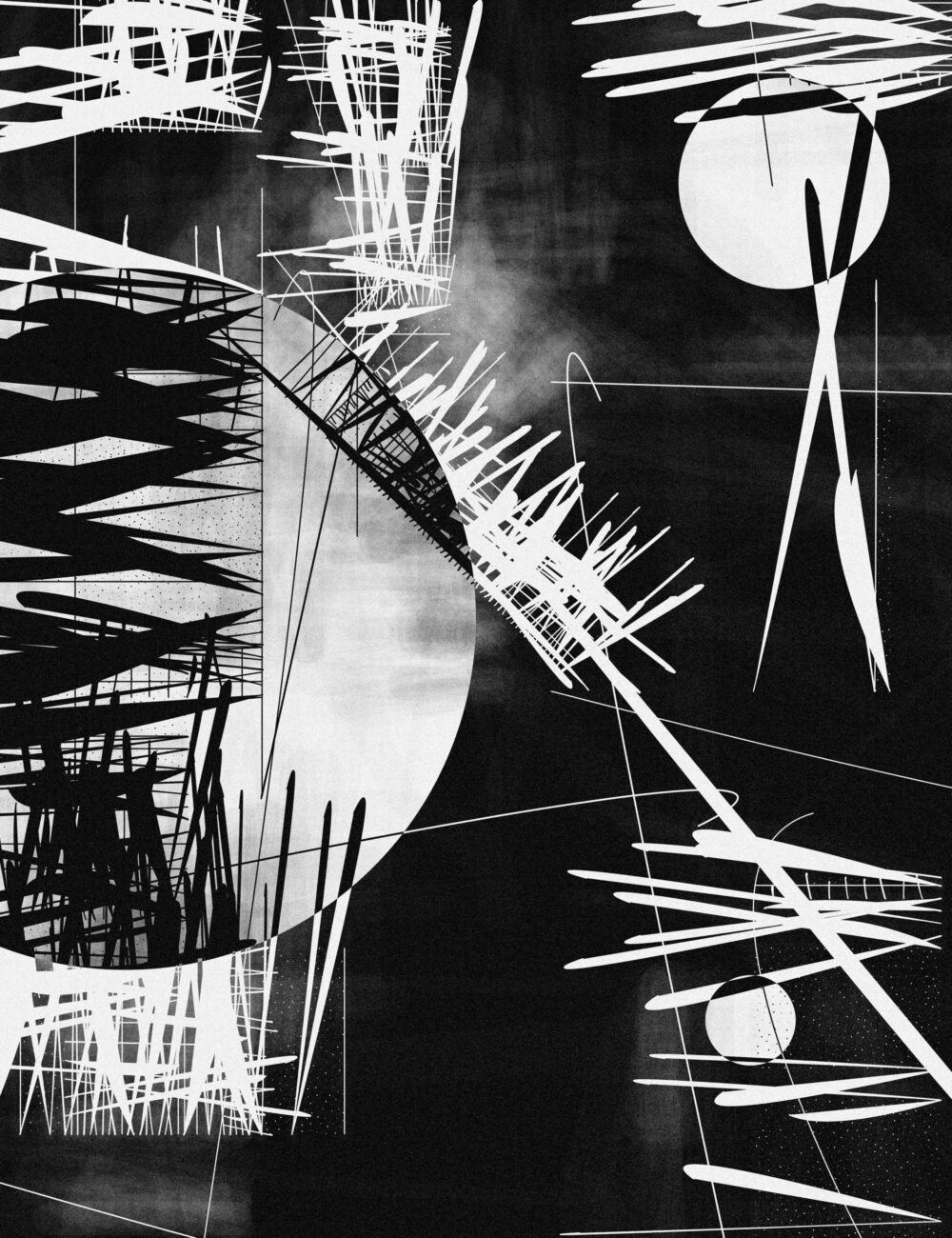
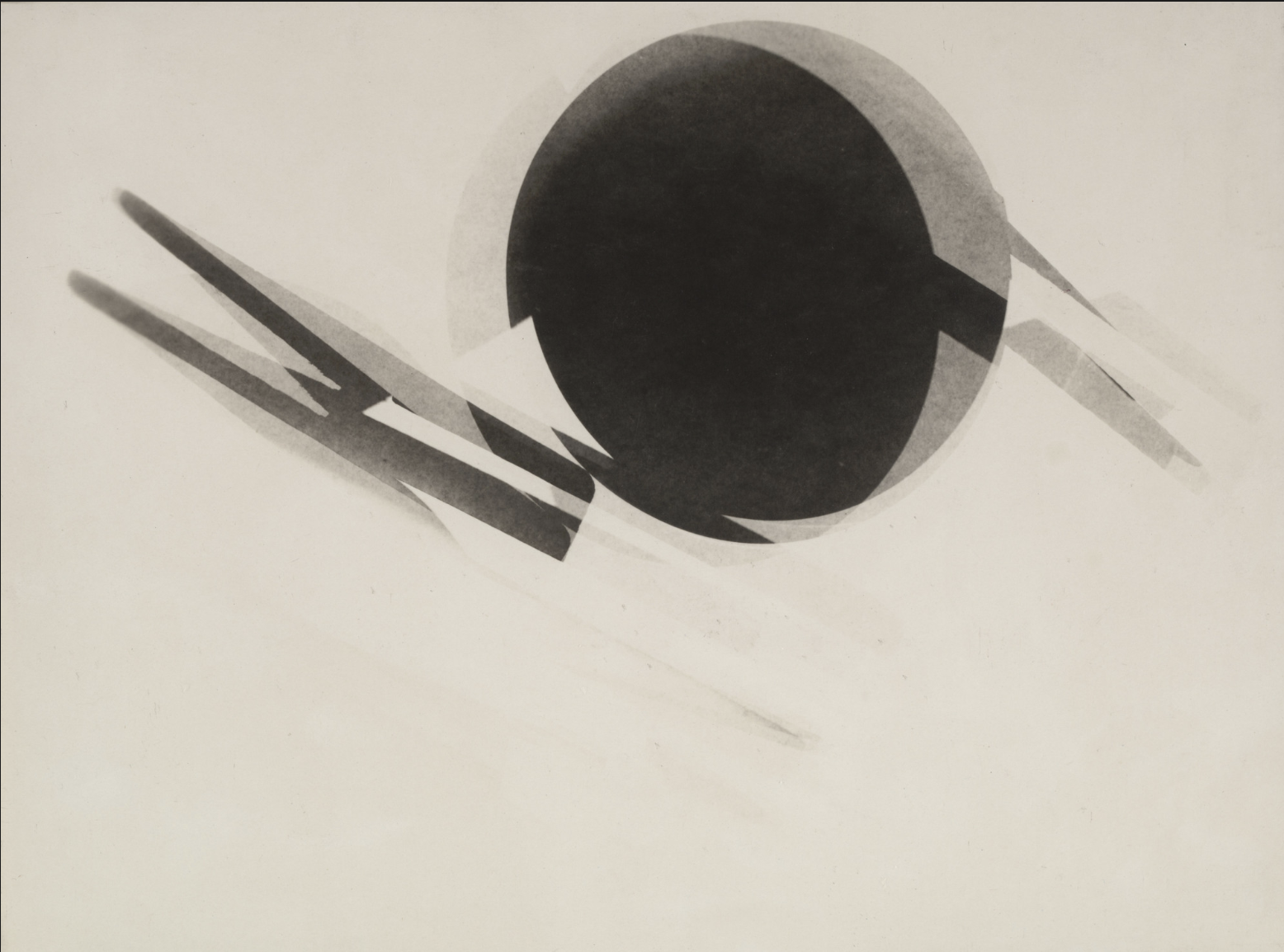
Dmitri Cherniak’s ‘Ringers’ series, reminiscent of Piet Mondrian’s De Stijl, masterfully blends traditional aesthetics with modern algorithms. Each Ringer is a minimalist piece, set within a rhythmic grid, collectively forms a complex visual arrangement, accented by a stark color palette of black, white, and primary colors. The collection illustrates the balance between human artistic intent and algorithmic impartiality. This interplay aligns with Guy Debord’s concept of the spectacle, which posits that modern society experiences life as a representation, where art transcends mere visual form to engage actively in cultural and social dialogues. The ‘Ringers’ series embodies this idea, transforming static artwork into an interactive experience that encompasses technology, societal interaction, and dynamic performance. Cherniak’s work, in this way, challenges traditional artistic consumption and invites viewers into a nuanced conversation reflective of our digitized era.


Dmitri Cherniak’s personal journey, which seamlessly integrates his STEM expertise with his artistic aspirations, resonates with the multifaceted approach of Renaissance master Leonardo da Vinci. Similar to da Vinci, who harmonized his scientific explorations with artistic creation, Cherniak employs modern technology to redefine traditional art forms. His work stands as a modern testament to the age-old synergy between art and science, echoing da Vinci’s legacy in its fusion of technical proficiency and creative expression. This parallel not only highlights Cherniak’s innovative approach to art but also positions him within a historical continuum of artists who have bridged the gap between seemingly disparate fields, reshaping the landscape of artistic expression in their respective eras.

In navigating the realms of generative art, Dmitri Cherniak not only maps out a new territory where art meets technology but also redefines the very essence of artistic creation in the digital age. His series, from the intricately algorithmic ‘Ringers’ to the evocative ‘Light Years,’ serves as a bold statement, challenging our traditional perceptions of art and its creation. Cherniak’s adept use of algorithms as tools and integral components of his creative process signifies a paradigm shift in artistry. His works, standing at the intersection of precision and intuition, invite us to envision a future where the boundaries between technology and art are seamlessly intertwined. In this future, as envisioned through Dmitri Cherniak’s creations, art transcends its conventional forms, offering a glimpse into a realm where automated processes and human imagination unite to forge new artistic realities.


